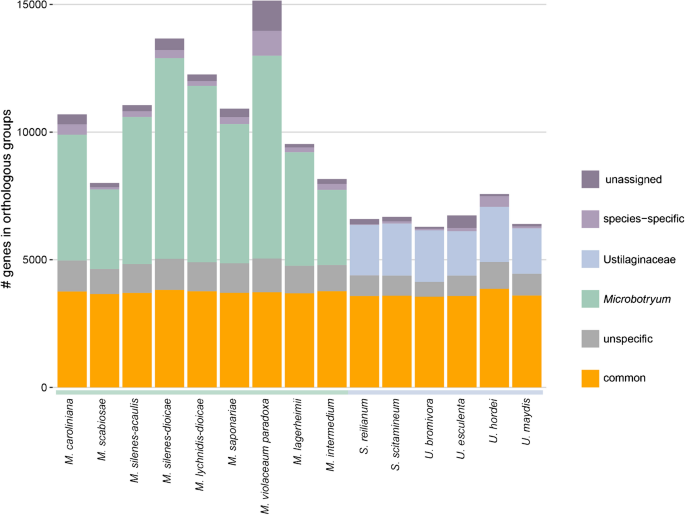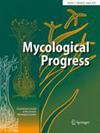Resources and tools for studying convergent evolution in different lineages of smut fungi
IF 3
3区 生物学
Q3 MYCOLOGY
引用次数: 0
Abstract
Abstract Convergent evolution is the phenomenon of similar traits evolving independently in different lineages of the tree of life. Studying convergent evolution provides an excellent opportunity to understand natural selection for specific traits and physiological constraints to evolution that allow a broadened view on evolutionary mechanisms as a whole. Smut fungi, a polyphyletic group of plant-parasitic fungi with a specific infection and life cycle pattern, are a prime example of convergent evolution. Most notably, smut fungi in the genus Microbotryum that belongs to the subdivision Pucciniomycotina and smut fungi from the subdivision Ustilaginomycotina show strong similarities despite millions of years of independent evolution. However, the conceptual connections drawn between the two groups are scarce, thereby limiting the opportunities for exploring convergent evolution between these taxa. To facilitate knowledge exchange within the research community, we provide a summary of databases, molecular and biological tools and a brief introduction to the structure of populations and the characteristics of host specificity in both groups. Furthermore, we compare the life cycles and research emphases between the two groups. The comparisons are supplemented with an analysis of genome composition and gene function, which aims to advance research on the convergent evolution of smut fungi using existing data.

研究黑穗病真菌不同谱系趋同进化的资源和工具
趋同进化是指在生命之树的不同谱系中,相似特征独立进化的现象。研究趋同进化为理解特定特征的自然选择和进化的生理限制提供了一个极好的机会,从而可以从整体上扩大对进化机制的看法。黑穗病真菌是一种多系植物寄生真菌,具有特定的感染和生命周期模式,是趋同进化的一个主要例子。最值得注意的是,尽管经过了数百万年的独立进化,但隶属于puccininiomycotina细分的Microbotryum属的黑穗病真菌和隶属于Ustilaginomycotina细分的黑穗病真菌表现出很强的相似性。然而,这两个类群之间的概念联系很少,因此限制了探索这些类群之间趋同进化的机会。为了促进研究界的知识交流,我们总结了数据库、分子和生物学工具,并简要介绍了两组群体的结构和宿主特异性特征。此外,我们比较了两组的生命周期和研究重点。这些比较补充了基因组组成和基因功能的分析,旨在利用现有数据推进黑穗病真菌趋同进化的研究。
本文章由计算机程序翻译,如有差异,请以英文原文为准。
求助全文
约1分钟内获得全文
求助全文
来源期刊

Mycological Progress
生物-真菌学
CiteScore
4.50
自引率
8.30%
发文量
94
审稿时长
6-12 weeks
期刊介绍:
Mycological Progress publishes papers on all aspects of fungi, including lichens. While Review Papers are highly welcome, the main focus is on Research Articles on
Taxonomy and Systematics
Evolution
Cell Biology
Ecology
Biotechnology
Pathology (plants, animals, humans)
Manuscripts on current methods applied in, e.g., morphology, anatomy, ultrastructure (TEM, SEM), genetics, molecular biology, chemistry, and physiology will also be considered.
 求助内容:
求助内容: 应助结果提醒方式:
应助结果提醒方式:


